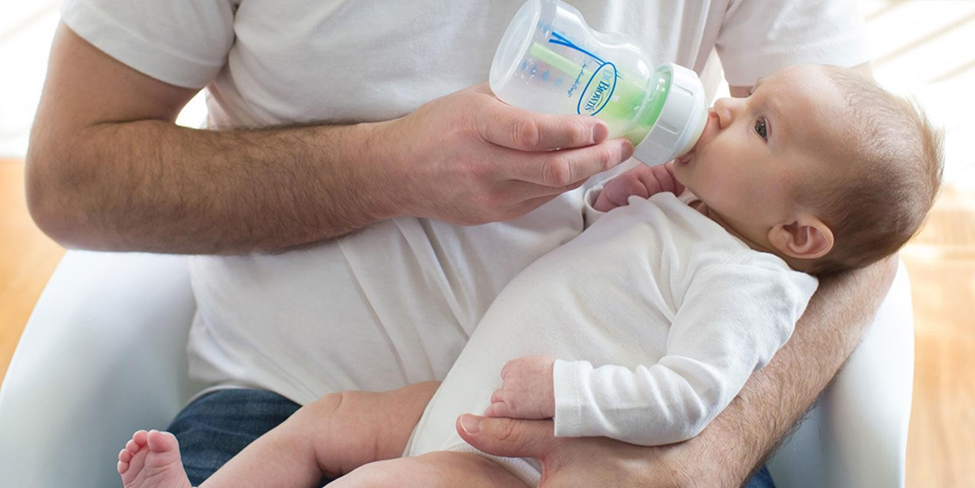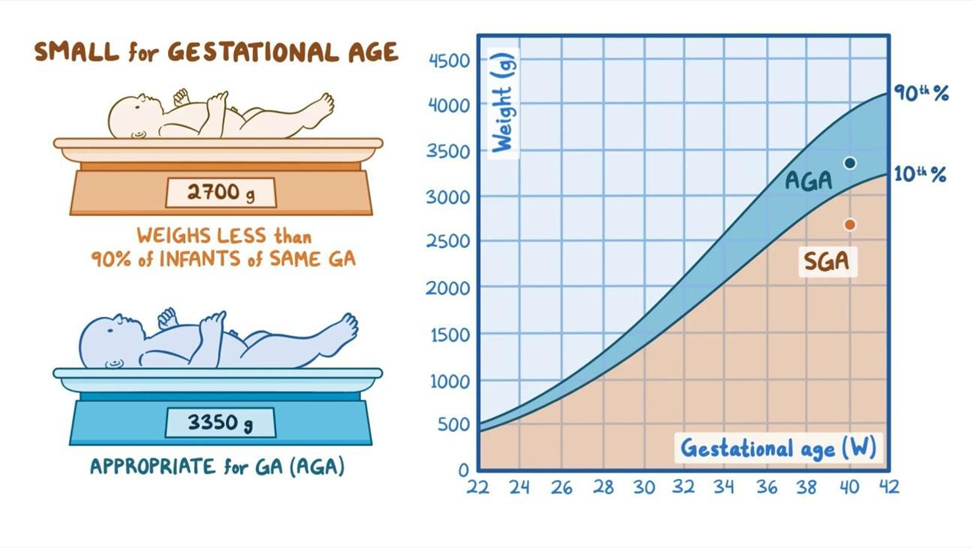Ati N230 Exam 3 With Ngn Maternal Newborn Proctored Exam
Ati N230 Exam 3 With Ngn Maternal Newborn Proctored Exam
Total Questions : 49
Showing 10 questions Sign up for moreA nurse is teaching the parent of a newborn about bottle feeding. Which of the following statements by the parent indicates a need for further instruction?
Explanation
A. Keeping the baby's head elevated while feeding helps prevent choking and allows for easier swallowing.
B. Tipping the nipple to allow air during feeding is not recommended as it can lead to ingestion of air, causing discomfort and gas in the baby.
C. Allowing the baby to burp several times during each feeding helps release swallowed air, reducing the risk of colic and discomfort.
D. Soft, formed yellow stools are typical for a formula-fed newborn, indicating proper digestion.

A nurse is providing teaching about newborn care to a client who is 2 hr postpartum. Which of the following statements by the client indicates a need for further teaching?
Explanation
A. Checking the baby's temperature rectally every hour is unnecessary and may cause discomfort and potential harm to the baby. Temperature checks should be done as per healthcare provider's
recommendation.
B. Keeping the baby's head covered helps regulate their body temperature and prevents heat loss, especially in newborns who are more prone to heat loss from their heads.
C. Keeping the baby's bassinet away from fans and air conditioning helps maintain a stable and comfortable temperature for the newborn, preventing overheating or chilling.
D. Placing the baby on the stomach (prone position) is not recommended for sleep due to the increased risk of sudden infant death syndrome (SIDS). Infants should be placed on their back to sleep.
A nurse is teaching the parent of a newborn about car seat use. Which of the following information should the nurse include?
Explanation
a. "Place the retainer clip across the newborn's abdomen":
- This statement is incorrect and potentially dangerous. The retainer clip should be positioned at the level of the armpits to secure the harness straps. Placing it across the abdomen could cause abdominal injury in the event of sudden braking or a crash.
b. "Keep the car seat rear-facing until the newborn can sit unsupported":
- While this is generally true and important safety advice, it is not directly related to the positioning of the newborn in the car seat. Instead, it addresses the orientation of the car seat itself. Rear-facing car seats are safer for infants as they provide better protection for the head, neck, and spine in the event of a crash.
c. "Position the newborn at a 45-degree angle in the car seat":
- This is the correct recommendation. Newborns should be positioned at a 45-degree angle in the car seat to prevent their head from falling forward and potentially obstructing their airway. Many car seats come with angle adjusters or indicators to help achieve this optimal positioning.
d. "Place the shoulder harness straps below the level of the newborn's armpits":
- Placing the shoulder harness straps below the level of the newborn's armpits is incorrect. The straps should be positioned at or slightly below the level of the shoulders to provide proper restraint. Placing them too low increases the risk of the baby slipping out of the harness in the event of a crash.
A nurse is teaching a client who is postpartum and has a new prescription for an injection of Rh (D) immunoglobulin. Which of the following should be included in the teaching?
Explanation
A. Rh (D) immunoglobulin, commonly known as Rhogam, is given to Rh-negative mothers to prevent the formation of Rh antibodies if the baby is Rh positive. This prevents Rh sensitization in future pregnancies, which could lead to hemolytic disease of the newborn.
B. Rh (D) immunoglobulin does not destroy Rh antibodies in Rh-negative mothers but rather prevents their formation.
C. Rh (D) immunoglobulin does not prevent the formation of Rh antibodies in Rh-positive
newborns but rather prevents the mother's immune system from producing antibodies against Rh-positive blood cells.
D. Rh (D) immunoglobulin does not destroy Rh antibodies in Rh-positive newborns. It is administered to Rh-negative mothers to prevent antibody formation.
A nurse is caring for a postpartum client.
Which of the following statements by the client indicates an understanding of the discharge teaching?
Explanation
A. Supplementing with formula after breastfeeding due to perceived weight loss may indicate a misunderstanding of normal newborn feeding patterns and could potentially interfere with establishing a sufficient milk supply. Breastfeeding on demand and ensuring proper latch and
positioning are essential for successful breastfeeding. This statement suggests a need for further education about newborn feeding and breastfeeding management.
B. Breastfeeding frequency is crucial for establishing and maintaining milk supply. Newborns typically need to breastfeed at least 8 to 12 times per day to ensure they receive enough milk and to stimulate milk production in the mother's breasts. This statement indicates that the client
understands the importance of frequent feeding for successful breastfeeding.
C. While covering sore nipples with breast pads can provide comfort and protect clothing from leakage, using plastic-lined breast pads after every feeding may not be necessary and could
potentially worsen nipple discomfort. Plastic-lined breast pads can trap moisture, which may
contribute to nipple soreness or increase the risk of developing nipple thrush. Education may be needed to clarify appropriate nipple care and management of nipple discomfort during
breastfeeding.
D. Meconium stools, which are dark and sticky, are normal for newborns in the first few days of life. As the baby begins to digest breast milk, their stools transition from meconium to a yellow, seedy consistency. This statement indicates that the client understands what to expect regarding the color and consistency of their baby's stools after transitioning to breastfeeding.
E. This statement demonstrates an understanding of breast engorgement, a common occurrence when milk production increases in the breasts. Breasts may become harder, warmer, and more
tender when milk "comes in" or when lactation is established. Recognizing these signs indicates that the client is aware of normal changes in their body related to breastfeeding.
A nurse is planning care for a newborn who is small for gestational age (SGA). Which of the following is the priority intervention the nurse should include in the newborn's plan of care?
Explanation
A. Monitoring weight is important for assessing growth but may not be the priority for a
newborn who is small for gestational age (SGA) as it doesn't address immediate physiological needs.
B. Monitoring axillary temperature is important for detecting signs of infection or hypothermia, but it's not the priority for a newborn who is small for gestational age (SGA).
C. Monitoring blood glucose levels is the priority for a newborn who is small for gestational age (SGA) because they are at risk for hypoglycemia due to inadequate glycogen stores.
D. Monitoring intake and output is important for overall assessment but is not the priority intervention for a newborn who is small for gestational age (SGA).

A nurse in the newborn nursery is caring for a group of newborns. Which of the following newborns requires immediate intervention?
Explanation
A. Not passing meconium within 24 hours may indicate meconium ileus or another bowel obstruction, but it's not an immediate concern.
B. A temperature of 37.5°C (99.5°F) is within the normal range for a newborn and does not require immediate intervention.
C. Acrocyanosis, blueness of the extremities, is a common finding in newborns and does not require immediate intervention.
D. A newborn who is 24 hours post-delivery and has not voided requires immediate intervention as it may indicate a urinary tract obstruction or another issue that needs prompt assessment and management.
A nurse is reinforcing teaching about newborn care with a postpartum client. Which of the following statements by the client indicates a need for further teaching?
Explanation
A. Using a basin during bathing is a safe practice to prevent accidental slips or falls.
B. Testing the water temperature before bathing is essential to prevent burns or scalds.
C. Baby powder is not recommended for preventing diaper rash as it can contribute to respiratory issues when inhaled by the baby and has been associated with an increased risk of respiratory
problems and infections.
D. Using mild soap is appropriate for newborn skin to prevent irritation.
A nurse is preparing to administer vitamin K by IM injection to a newborn. The nurse should administer the medication into which of the following muscles?
Explanation
A. The ventrogluteal site can be used for IM injections in older infants but is not typically used in newborns.
B. The vastus lateralis muscle is the preferred site for IM injections in newborns due to its size and accessibility.
C. The dorso-gluteal site is not recommended for IM injections in infants due to the risk of injury to the sciatic nerve.
D. The deltoid muscle is not typically used for IM injections in newborns due to its small size and less developed musculature.
A nurse on the labor and delivery unit is caring for a newborn immediately following birth.
Which of the following actions by the nurse reduces evaporative heat loss by the newborn?
Explanation
A. Drying the newborn's skin thoroughly helps to reduce evaporative heat loss by removing moisture from the skin's surface, which decreases heat loss through evaporation.
B. Maintaining ambient room temperature at 24°C (75°F) helps to prevent hypothermia but does not directly address evaporative heat loss.
C. Preventing air drafts is important for reducing convective heat loss but does not specifically target evaporative heat loss.
D. Placing the newborn on a warm surface helps to prevent conductive heat loss but does not directly address evaporative heat loss.
You just viewed 10 questions out of the 49 questions on the Ati N230 Exam 3 With Ngn Maternal Newborn Proctored Exam Exam. Subscribe to our Premium Package to obtain access on all the questions and have unlimited access on all Exams. Subscribe Now



